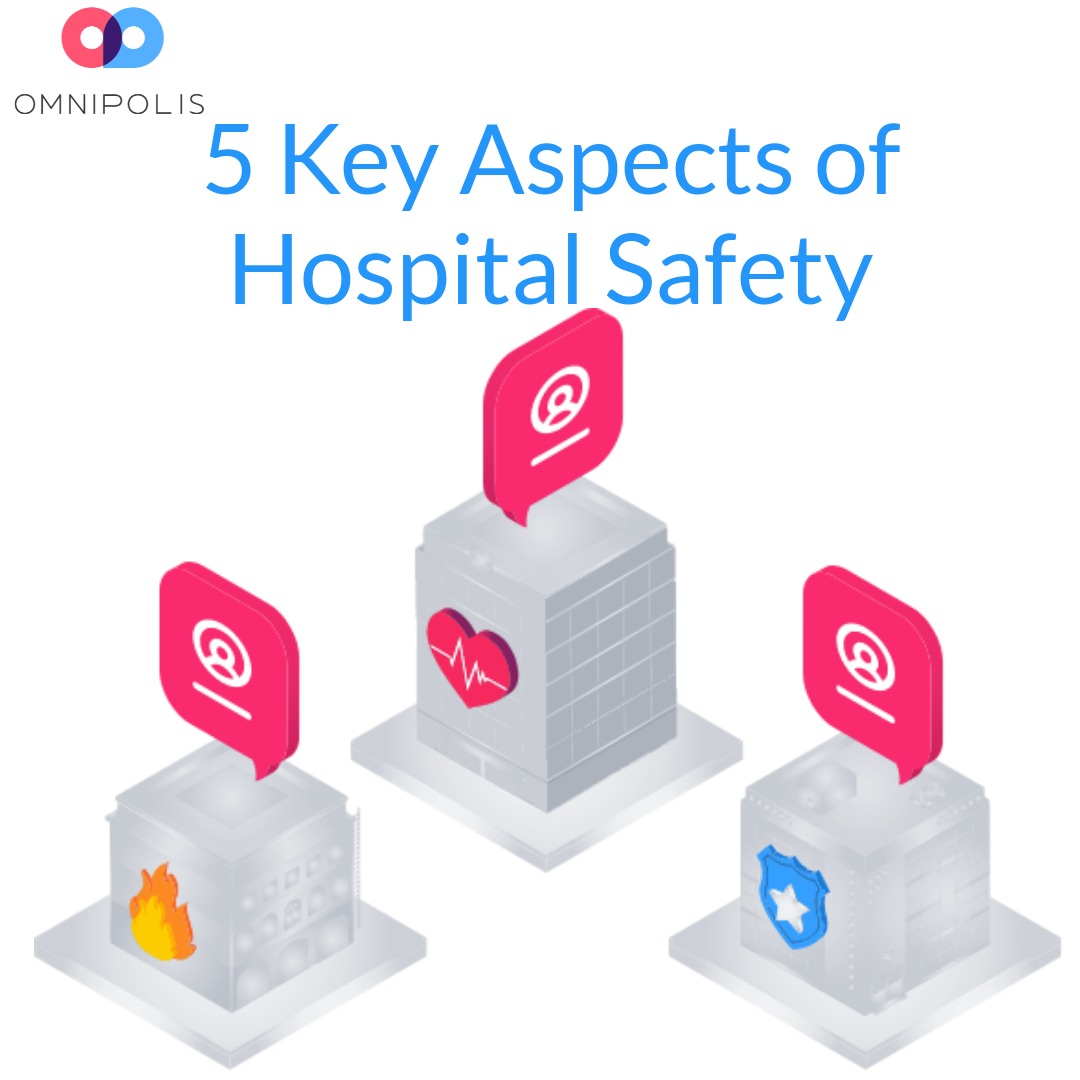What is Hospital Safety?
Hospital safety refers to the measures and procedures put in place to ensure that patients and staff are protected from harm or injury while within the hospital environment. The healthcare industry is one of the most critical and complex, and hospitals are among the busiest and most challenging working environments. Therefore, ensuring the safety of patients, staff, and visitors is of utmost importance. This article will explore the concept of hospital safety in depth, including the various aspects of hospital safety, the dangers and challenges posed, and the measures that can be taken to ensure hospital safety.
Aspects of Hospital Safety
Hospital safety encompasses several key aspects that must be considered and managed effectively to ensure the well-being of patients, staff, and visitors.
These include:
Fire Safety – This aspect of hospital safety involves measures and procedures to prevent and respond to fire incidents in the hospital environment. It includes the installation of fire alarms, sprinkler systems, fire exits, and fire suppression systems.
Patient Safety – The safety of patients is of utmost importance in any hospital. Measures to ensure patient safety include reducing the risk of falls, preventing infections, managing medication, and ensuring the correct usage of medical equipment.
Employee Safety – Staff safety is also crucial in ensuring hospital safety. Measures to protect employees include providing personal protective equipment, ensuring the proper handling of hazardous materials, and training employees in emergency procedures. You can read more about work place safety here.
Environmental Safety – This aspect of hospital safety refers to the measures taken to ensure a safe and hygienic environment for patients and staff. This includes controlling access to hazardous areas, ensuring proper disposal of medical waste, and maintaining a clean and well-maintained hospital environment.
Emergency Preparedness – Hospitals must be prepared to respond to emergencies such as natural disasters, outbreaks of infectious diseases, and mass casualties. Measures to ensure emergency preparedness include having evacuation plans, having emergency supplies on hand, and training staff in emergency procedures.
Dangers and Challenges in Ensuring Hospital Safety
Despite the various measures taken to ensure hospital safety, there are still many dangers and challenges that pose a threat to patients, staff, and visitors. Some of these include:
Infections – Hospitals are high-risk environments for the spread of infections. The presence of sick patients, frequent use of medical equipment, and close proximity of staff and patients increases the risk of infection.
Fire Incidents – The presence of electrical and medical equipment, flammable materials, and the large number of patients in hospital environments increase the risk of fire incidents.
Accidents and Injuries – Patients, especially elderly patients, are at risk of falls and other accidents while in the hospital environment. Staff and visitors may also be at risk of injury while in the hospital.
Medical Errors – Medical errors can occur in hospitals due to the complexity of medical procedures and the use of medical equipment. Advances in medical technology and changes in medical practices can make it difficult for hospitals to keep up with the latest developments and ensure that their staff are properly trained and equipped. This can result in medical errors and other safety issues. These errors can lead to serious harm or even death.
Natural Disasters – Natural disasters such as earthquakes, hurricanes, and floods pose a significant threat to hospitals and the safety of patients and staff.
Measures to Ensure Hospital Safety
The first step in establishing a safe hospital environment is to have a well-structured and comprehensive safety plan. This plan should include all safety procedures, policies and regulations, along with information on how they will be enforced. It should also include staff training, patient safety measures, emergency plans and risk management plans.
The safety plan should be regularly reviewed and updated to ensure that it remains current and effective. Hospitals should also have a system in place to monitor safety incidents and take prompt action to prevent them from happening again.
This could include the use of CCTV cameras or regular safety inspections. All potential safety hazards should be identified, and measures taken to mitigate them. A system should also be in place to investigate and report any safety incidents that do occur. Hospitals should also ensure that all staff and visitors are properly trained in how to maintain a safe environment. These include:
Staff Training – Staff training is essential in ensuring hospital safety. This includes training in emergency procedures, infection control, and the proper handling of hazardous materials.
Fire Safety Equipment – Hospitals must have fire alarms, sprinkler systems, fire exits, and fire suppression systems in place to prevent and respond to fire incidents.
Patient Safety Measures – Patients must be protected from falls, infections, and medical errors. This includes using bed rails, non slip mats, encourage patients to use call buttons.
Communication – Another key aspect of hospital safety is communication. Good communication is essential for ensuring that everyone in the hospital is aware of safety procedures and protocols, and that everyone is working together to create a safe and secure environment. This includes regular meetings and training sessions, as well as regular updates on safety issues and concerns.
In conclusion, hospital safety is an essential aspect of healthcare that must be taken seriously. It involves a range of issues, including physical safety, medical safety, and patient safety, and it requires the efforts of everyone in the hospital, from medical staff to administrators and support staff. By working together and implementing effective safety programs and protocols, hospitals can create a safe and secure environment for patients, staff, and visitors, and help to promote better health outcomes for everyone.



